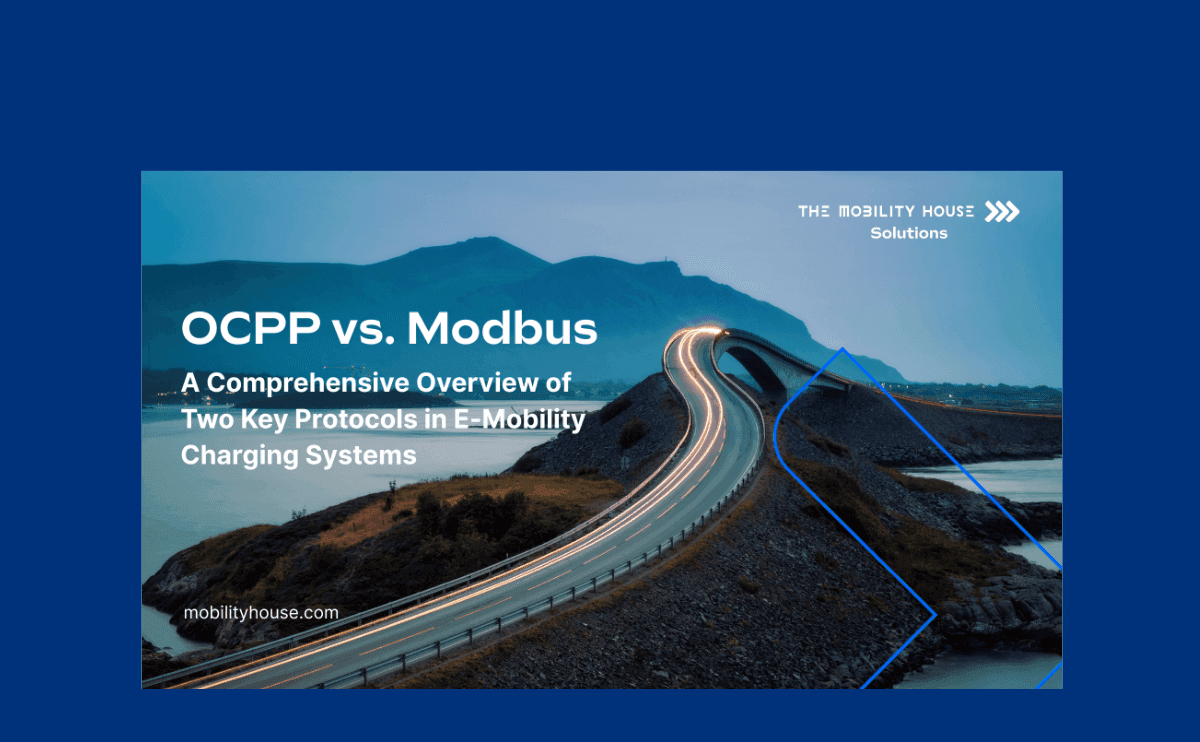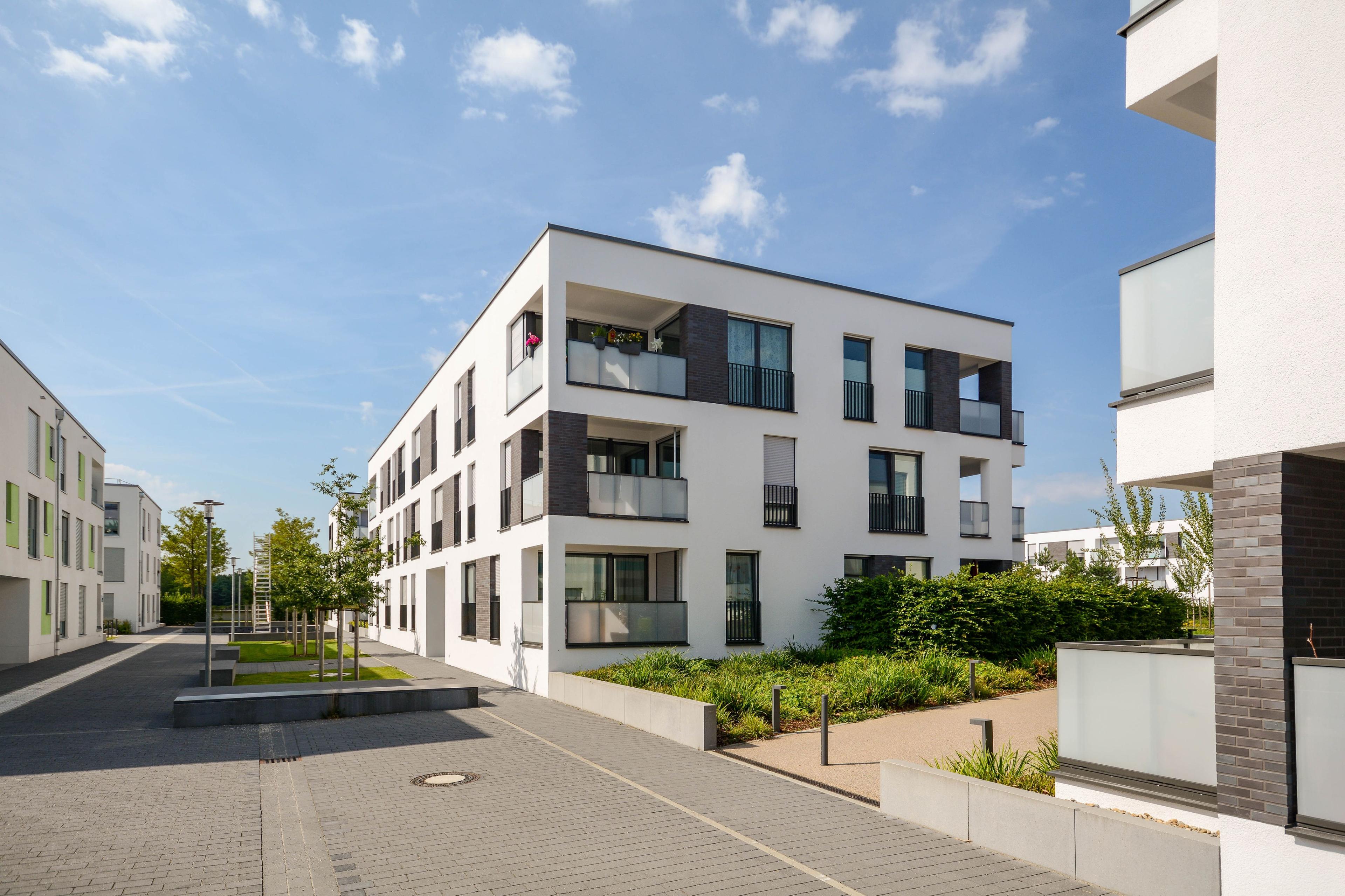_4907700862a3e8e9161f9f3db1e390cc.jpg&w=3840&q=75)
Blog
Dynamic tariff optimization: How companies can significantly reduce their electricity costs and stabilize the gridThe electricity market is becoming more flexible – and with it, the opportunities for companies to manage their energy costs in a targeted manner. Dynamic electricity tariffs are opening up new possibilities, particularly in the field of e-mobility: those who intelligently link their charging processes to the price of electricity can not only save money, but also relieve the strain on the power grid and actively contribute to the energy transition.
_18ac9e3a8052b6229c086a41c1ac84f7.png&w=3840&q=75)
Whitepaper
Cloud vs. Local
Whitepaper
OCPP vs. Modbus
Blog
Global Energy Transition: Mitsui & Co. and The Mobility House's Partnership for a Greener TomorrowWhat happens when global expertise meets cutting-edge technology? Discover how Mitsui & Co. and The Mobility House are transforming the way the world thinks about electric vehicles, energy storage, and sustainability.

Blog
Vendor neutrality: Why open charging and energy management is best for your charging infrastructureA charging and energy management system is essential for your own charging infrastructure. You should always pay attention to vendor neutrality. Below, we explain why.

Blog
Apartment meters vs. shared meters in residential properties – Which electricity meter is the right one for your charging solution?As electromobility becomes increasingly important in Germany, the number of public charging points is steadily increasing. But in the private sector, many apartment owners and tenants don’t have the option yet of charging their electric car in their apartment block’s underground car park due to a lack of infrastructure.